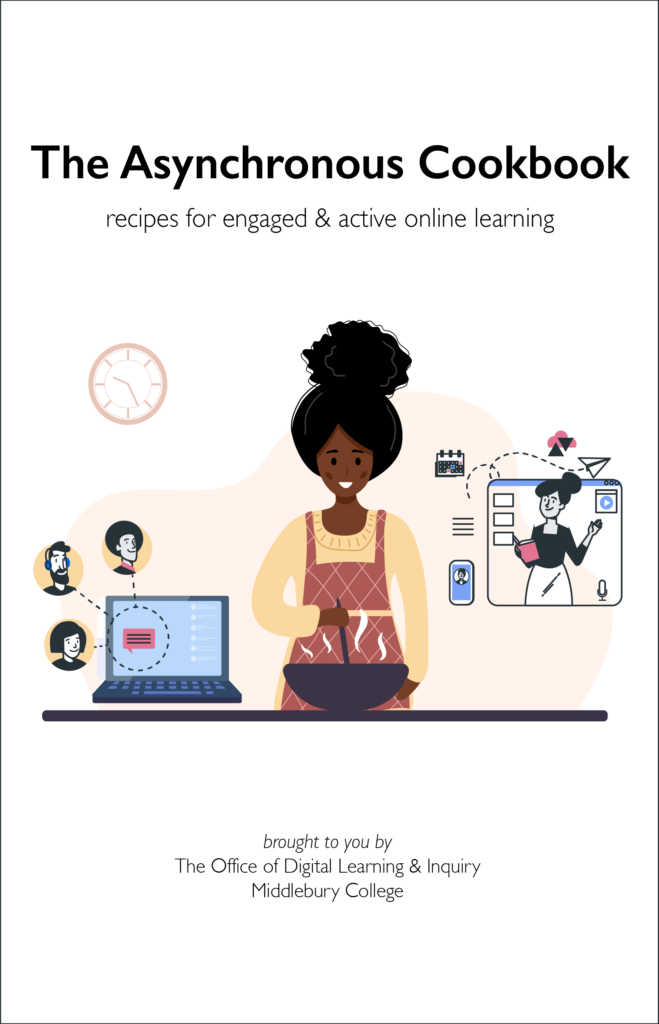What is this book?
This is a practical handbook which intends to inspire innovative teaching and provide support for readers seeking to apply active learning tools and strategies in a variety of teaching and learning contexts. Although many of the contributing authors work in higher education, this is not intended to be a traditional academic publication, but more of a practical reference book which could be used to inform the design of adult learning in any context (e.g. higher education, further education, work-based learning and development, etc), but also in other phases of education (e.g. secondary, primary, etc).
Aim of the book
The aim of this book is to provide a resource for making active learning approaches to teaching, learning and assessment more prevalent in higher education. The chapters of this book emphasise the importance of active learning activities for creating deep and meaningful learning. This stems from the notion that effective learning happens in situated contexts, which combine physical, mental, emotional and social processes. The learning activities we expect our students to engage in should consider all those domains and use them to deepen learning further.
The chapters in this book express a passion for education and its potential to improve the lives of those involved in it. The ideas build from the premise that education can empower learners, allow them to reach their potential despite their personal circumstances and can be “linked up with projects such as democracy, solidarity, inclusion, tolerance, social justice and peace” (Biesta & Säfström, 2011, p. 540). But the book also recognises that current models of education need to make radical changes to deliver this, starting with developing a curriculum that supports active approaches to learning. The chapters in this volume provide a plethora of ideas for educators wanting to take active learning approaches in their own teaching and learning practice.
This book represents the perspectives of many people from across the global learning community. In the following chapters, we share our experience of applying active learning to practical situations and offer ideas to educators to adapt these for their own contexts, whether they are teachers, lecturers, academic developers, learning technologists or education managers. We would like to see the ideas discussed, evaluated and applied throughout diverse international institutions and across disciplines. The intention of this publication is to make the ideas and approaches to active learning as easy as possible for educators to apply within their own contexts and in their own practices.











